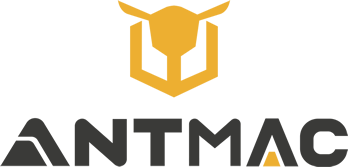13.8M Reach: Steady Scissor Lift for High-Rise Aerial Work in Tall Spaces
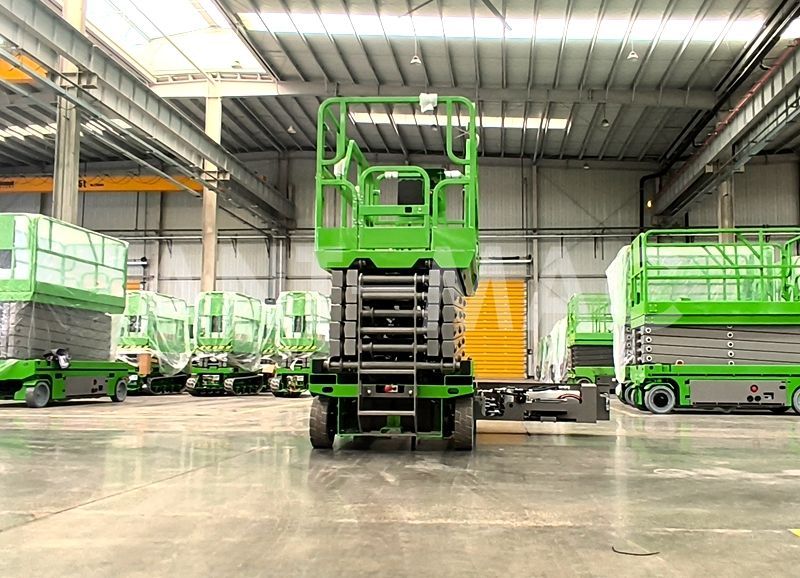
When your work climbs into the 13-14 meter range—like replacing a 13.5-meter warehouse light fixture, repairing 14-meter factory ceiling ducts, or installing signage on high-rise storage racks—you’ll quickly notice a problem: most scissor lifts max out at 12 meters. You either rent a massive lift that’s too wide to fit through warehouse doors, or you settle for a smaller model that leaves you stretching awkwardly, risking safety to reach the job. The BJSP1212-A self-propelled scissor lift eliminates this compromise. With a 13.8-meter working height, 320kg load capacity, and a design built for stability at full extension, it turns "too high" into a routine task—even in tight industrial spaces.
13.8M Working Height: Finally, a Lift That Reaches the "Unreachable" Spots
Walk through any large warehouse, factory, or logistics hub, and you’ll find plenty of jobs that sit just above 12 meters. A 13-meter-tall conveyor system that needs belt adjustments. A 13.5-meter ceiling in a distribution center where a light fixture burned out. A 14-meter event venue where stage rigging needs inspection. For years, these spots have been a hassle: either you bring in a truck-mounted aerial lift-mounted aerial lift that costs more and takes hours to set up, or you use a 12-meter scissor lift and have workers lean dangerously over the rails to reach.
The BJSP1212-A changes this with its 13.8-meter working height—11.8 meters of platform height, plus the average worker’s arm reach. That extra 1.8 meters beyond the 12-meter standard isn’t just a number; it’s the difference between a worker standing safely on the platform, using both hands to tighten a bolt, and balancing awkwardly to reach a target. It’s the difference between finishing a job in 30 minutes and spending an hour struggling with positioning.
Take a 13-meter warehouse, for example. Its pinnacle storage racks take a seat at 12.5 meters, and the ceiling lights cling 13.2 meters high. A trendy 12-meter raise can get people to 12 meters, however they’d nonetheless want to stretch 0.5-1.2 meters to attain the racks or lights—risking slips or device drops.The BJSP1212-A’s platform hits 11.8 meters, so even a worker of average height can reach 13.8 meters comfortably. No stretching, no balancing, no extra tools like extension poles that add bulk to the platform.
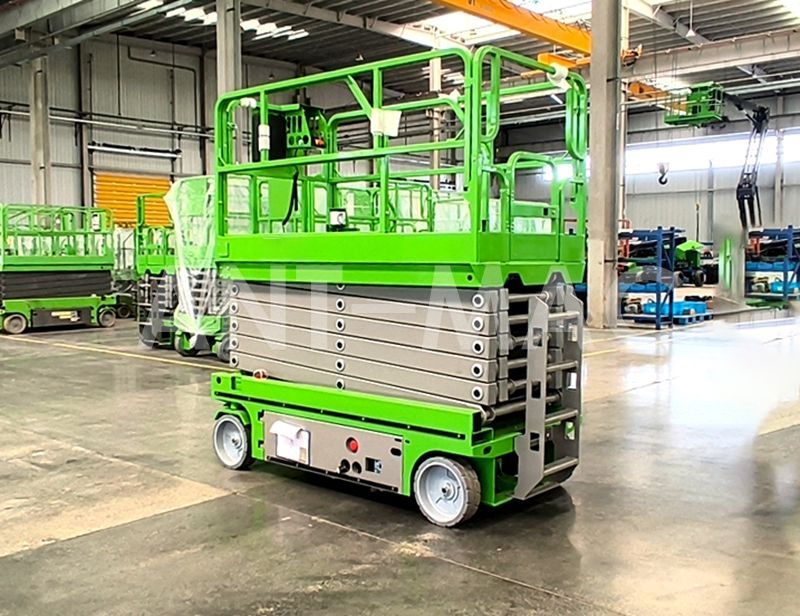
320kg Load Capacity: Bring Tools and Team to 13.8 Meters
High-rise work rarely involves just a worker standing empty-handed. You need tools: a 10kg power drill, a 5kg toolbox, 20kg of replacement parts, maybe even a small ladder for edge work. Add another worker to help, and you’re quickly pushing the limits of many high-reach lifts—most 13-meter+ models either cap out at 250kg or sacrifice height to carry more.
The BJSP1212-A’s 320kg rated load is designed for this reality. It comfortably handles 2 workers (around 150kg total) plus 170kg of tools and materials—enough for a power drill, a set of wrenches, 5 meters of electrical cable, and a box of ceiling tiles. Need to reach the edge of a 13-meter rack? Its 0.9-meter extended platform holds 120kg, so one worker can stand there with a 10kg laser level and a 5kg measuring tape, no need to pass tools back and forth from the main platform.
In practice, this means fewer trips up and down. A team repairing a 13.5-meter ventilation duct can load the platform with a 15kg duct cutter, 20kg of replacement parts, and two workers—no need to lower the lift halfway through to grab a missing tool. For time-sensitive jobs, like fixing a broken warehouse light that’s slowing down inventory checks, this cuts hours off the total work time.
Steady at 13.8 Meters: 100,000 Cycles of Proven Durability
Reaching 13.8 meters places greater stress on a scissor lift’s frame. The greater it extends, the extra it has to withstand sway from warehouse fans, employee movement, or even moderate vibrations from close by machinery. A raise that feels consistent at eight meters would possibly begin shaking at thirteen meters—but now not the BJSP1212-A.
Its fork shape is constructed to deal with this pressure. It’s passed through 100,000 fatigue tests—equivalent to lifting, lowering, and shifting 25 instances a day, 5 days a week, for sixteen years. In real-world terms, that skill after 5 years of day by day use in a busy warehouse, the elevate nonetheless extends smoothly, with no creaking joints or uneven lowering.
The stability starts with the base. At 3030kg, the lift’s total weight gives it a low center of gravity, even when fully extended. This matters when working on sloped floors—like a 25% grade loading dock in a logistics hub. While lighter lifts might tip slightly on ramps, the BJSP1212-A stays planted, with its 1.5°/3° maximum working angle ensuring the platform stays level enough to set down tools without them sliding.
Up top, the optimized platform adds small but critical stability features. The non-slip flooring uses a textured surface that grips work boots even when dust from ceiling rafters coats the platform—no more slipping when stepping back to check a measurement. The guardrails are bolstered with greater bracing, so leaning towards them to attain a excessive spot doesn’t make them flex. Even the edges of the platform are rounded and reinforced, so shedding a 10kg device doesn’t dent the metallic or throw off the lift’s balance.
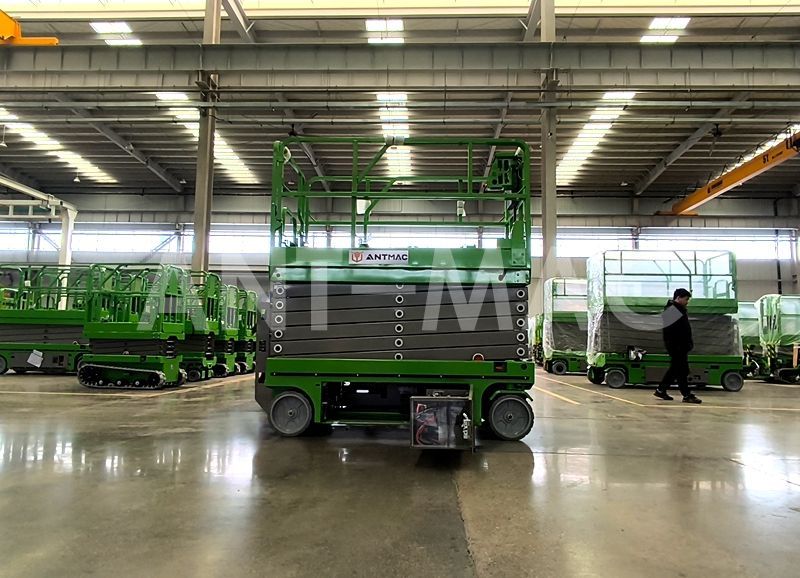
All-Day Power: 24V Battery That Keeps Up with Long Shifts
High-rise jobs take time. A group changing 13-meter ceiling tiles in a 5,000㎡ warehouse may spend 6-8 hours on the lift—constantly raising, lowering, and transferring between sections. A vulnerable battery would pressure them to cease mid-job, force to a charger, and wait an hour to resume—wasting time and disrupting workflows.
The BJSP1212-A’s 24V DC power system (4×12V 150Ah batteries) is built for these long shifts. Its battery capacity is calibrated for high-reach use: even with 15 lifts to 13.8 meters, 20 moves across the warehouse, and 8 hours of idling with the platform at height (to keep tools within reach), it still has enough charge to lower safely and drive back to the storage area.
When it does want charging, the lift’s industry-trusted charger cuts downtime. Plug it in at the cease of a shift (say, 5 PM), and by means of eight AM the subsequent day, it’s entirely charged—no want for in a single day monitoring or traumatic about overcharging. For amenities that run 24/7, like logistics hubs with night time shifts, this skill the elevate can be turned around between groups with minimal charging breaks.
The battery’s design also works in varied environments. Unlike gas-powered lifts that struggle in enclosed spaces, its 24V system runs emission-free—safe for use in warehouses with poor ventilation or indoor event venues where fumes would be a problem.It’s additionally resistant to voltage fluctuations, so even in factories with inconsistent power, the charger won’t harm the battery over time.
Maneuverable Enough for Tight Spaces, Tough Enough for Slopes
A elevate that reaches 13.8 meters would possibly sound like it’s too large to cross around—but the BJSP1212-A is constructed to navigate industrial areas besides rearranging your workflow. At 2.45 meters lengthy and 1.18 meters wide, it suits thru widespread 1.2-meter industrial doorways and squeezes between warehouse racks with 1.2-meter gaps. This ability you can power it at once from the loading dock to the work area, no want to disassemble racks or clear a path.
When folded, its 2.04-meter top matches underneath most warehouse mezzanines and into wellknown cargo vans—handy for shifting between job sites, like a group that offerings a couple of retail shops with 13-meter ceilings.
It’s not just for flat floors, either. Its 25% maximum gradeability lets it handle ramps, sloped loading docks, or even slightly uneven concrete in old factories. A logistics hub with a 20% grade ramp between its main warehouse and shipping area? The lift can drive up with ease, then extend to 13.8 meters to inspect the upper sections of the ramp’s overhead lighting.
Its speed is calibrated for practical use, too. At 3.2km/h in stowed mode, it moves fast enough to cross a 500㎡ warehouse in under 2 minutes—no more walking alongside a slow lift. When raised, it slows to 0.8km/h, so workers can nudge it into position without jostling tools or risking instability at height.
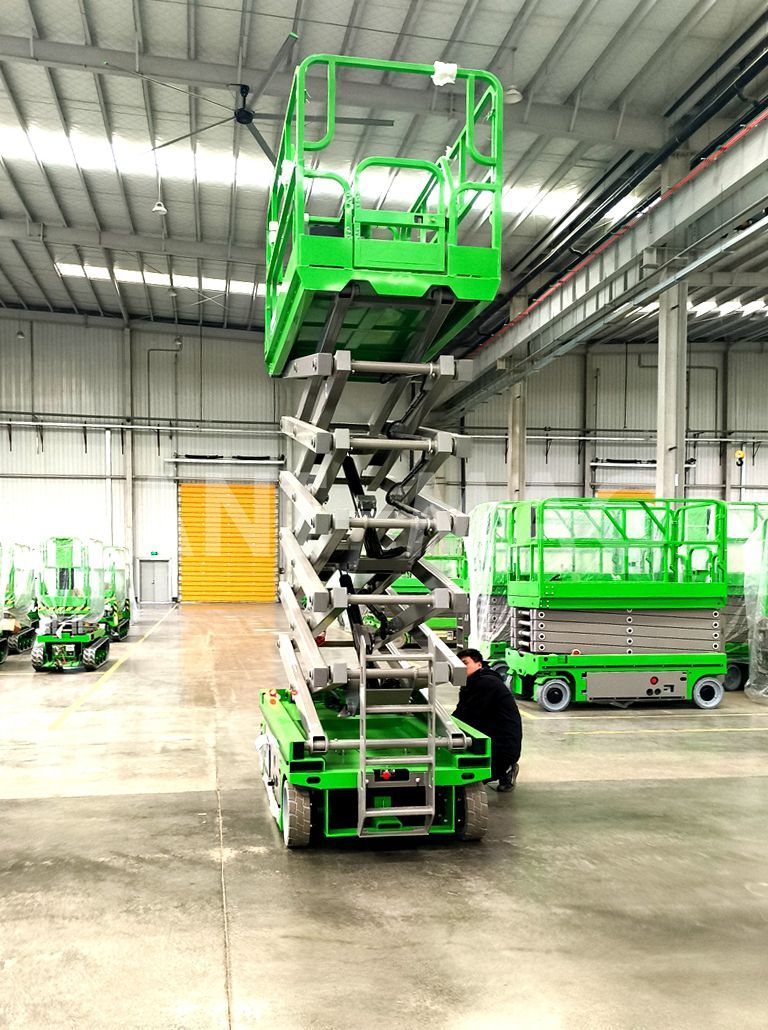
Who Needs This Lift?
The BJSP1212-A isn’t just for "tall" jobs—it’s for tall jobs that also demand maneuverability, durability, and efficiency. Here are the teams that benefit most:
13-14m warehouses: Teams maintaining top racks, ceiling systems, or overhead conveyors, where 12-meter lifts fall short and larger lifts can’t fit through aisles.
Large factories: Maintenance crews repairing 13-meter machinery bays or ventilation ducts, who need to carry heavy tools to height without sacrificing stability.
Event venues: Riggers hanging lighting or backdrops in 14-meter convention centers, where emission-free operation and narrow width (to navigate between seats) are musts.
Logistics hubs: Workers inspecting high-rise storage systems or fixing overhead sprinklers, who can’t afford battery downtime during busy shipping seasons.
Built to Last: 100,000 Cycles and Attention to Detail
High-reach lifts face more wear and tear than their shorter counterparts. Every time they extend to 13.8 meters, their forks, hydraulics, and platform joints take extra stress. The BJSP1212-A is engineered to outlast this pressure—starting with its fork structure, which passed 100,000 fatigue tests. This isn’t just a lab number: it means the forks can handle the daily strain of lifting, lowering, and supporting 320kg at height for years, without bending or weakening.
The lift’s "attention to detail" shows in small but critical features. The hydraulic lines are routed to avoid kinking when the lift extends—no more leaks after a few months of use. The platform’s hinges are sealed to keep out dust and debris, so it doesn’t start sticking when used in dirty warehouses. Even the control panel is angled for visibility at height, so workers don’t have to bend or lean to see the buttons.
These small print add up to much less downtime. A elevate that doesn’t want customary repairs capability fewer work interruptions, decrease protection costs, and a longer lifespan. For agencies that remember on aerial equipment—like amenities administration corporations or industrial contractors—this interprets to higher ROI: the BJSP1212-A continues working lengthy after more cost effective lifts have been retired.
For too long, high-reach aerial work meant choosing between "tall enough" and "practical enough." The BJSP1212-A ends that tradeoff. It reaches 13.8 meters to handle the jobs other lifts can’t, carries 320kg to bring tools and team along, fits through tight spaces to avoid workflow disruptions, and runs all day to keep up with busy shifts. It’s not just a lift—it’s a solution for every "too high" job that used to slow you down.
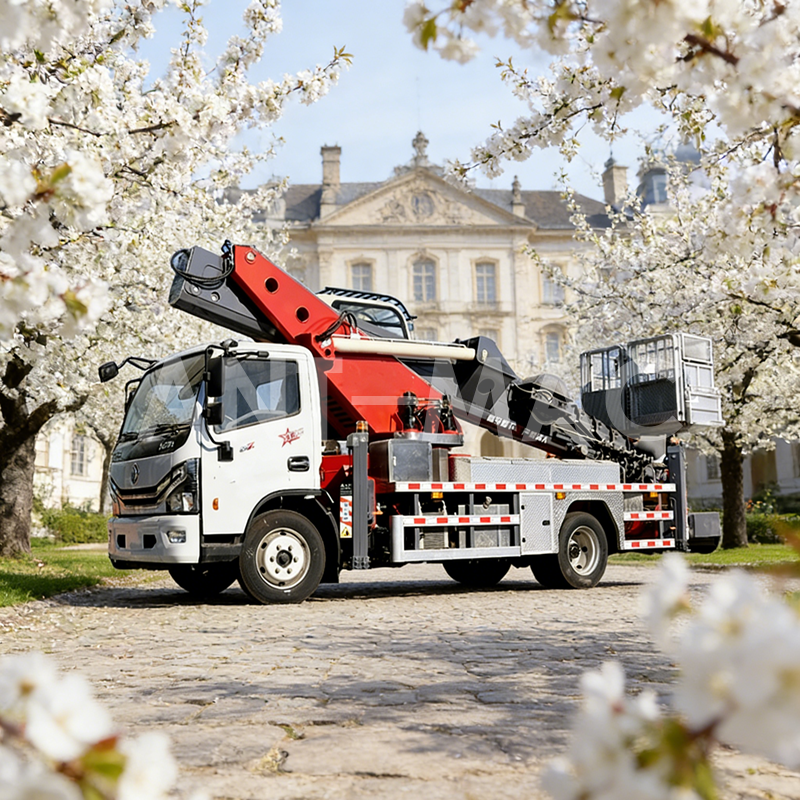 In-depth Analysis of Return on
In-depth Analysis of Return on
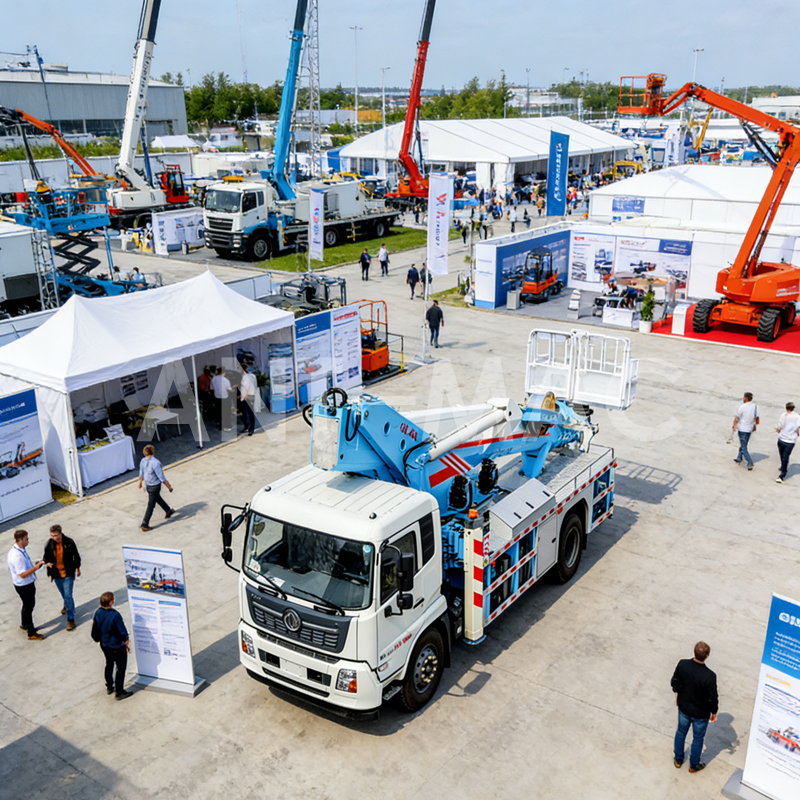 A Cost-Effectiveness Revolutio
A Cost-Effectiveness Revolutio
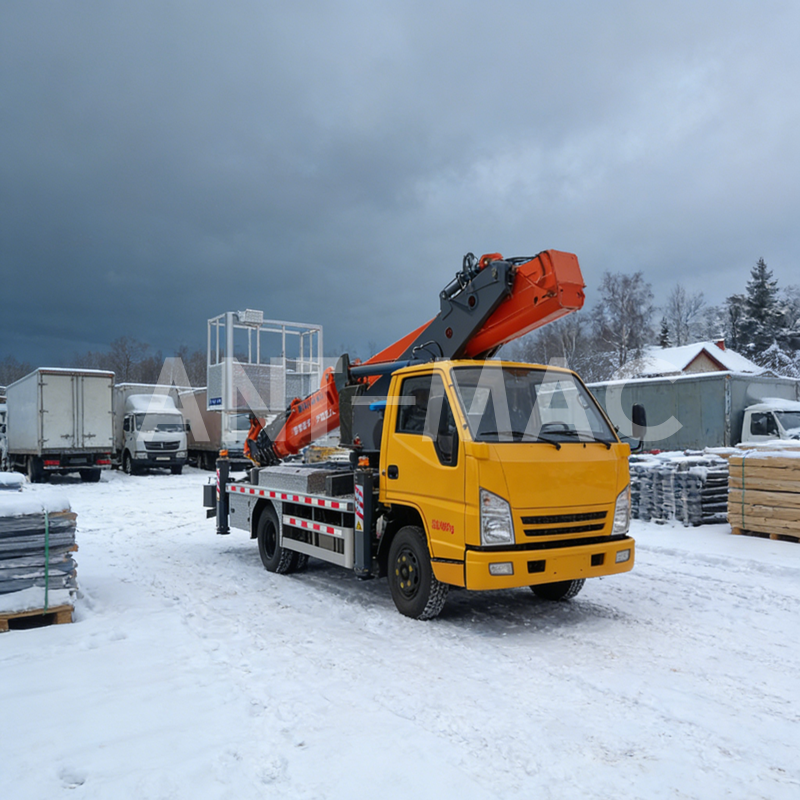 2026 Trend Insights: Four Core
2026 Trend Insights: Four Core
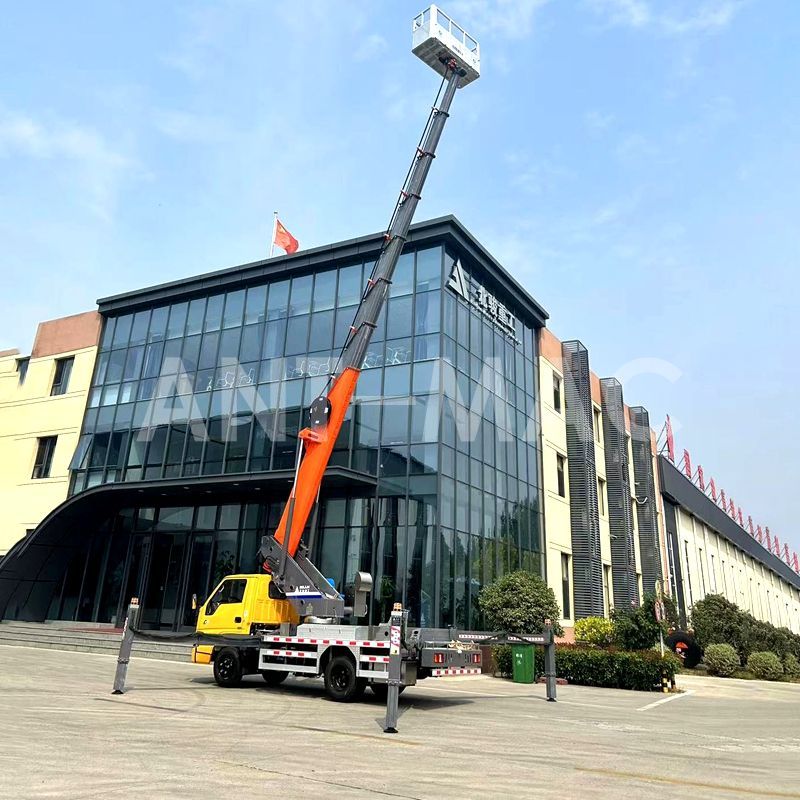 Five Criteria for Selecting Re
Five Criteria for Selecting Re
 Russian
Russian